2010 Chevrolet Traverse Brake Rotors and Pads
Click here to search another vehicle
All Rotors:
OEM x
Coated x
Drilled, Slotted and Coated x
Front x
Rear x
All Pads:
Ceramic x
Semi-metallic x
Front x
Rear x
Found 13 record
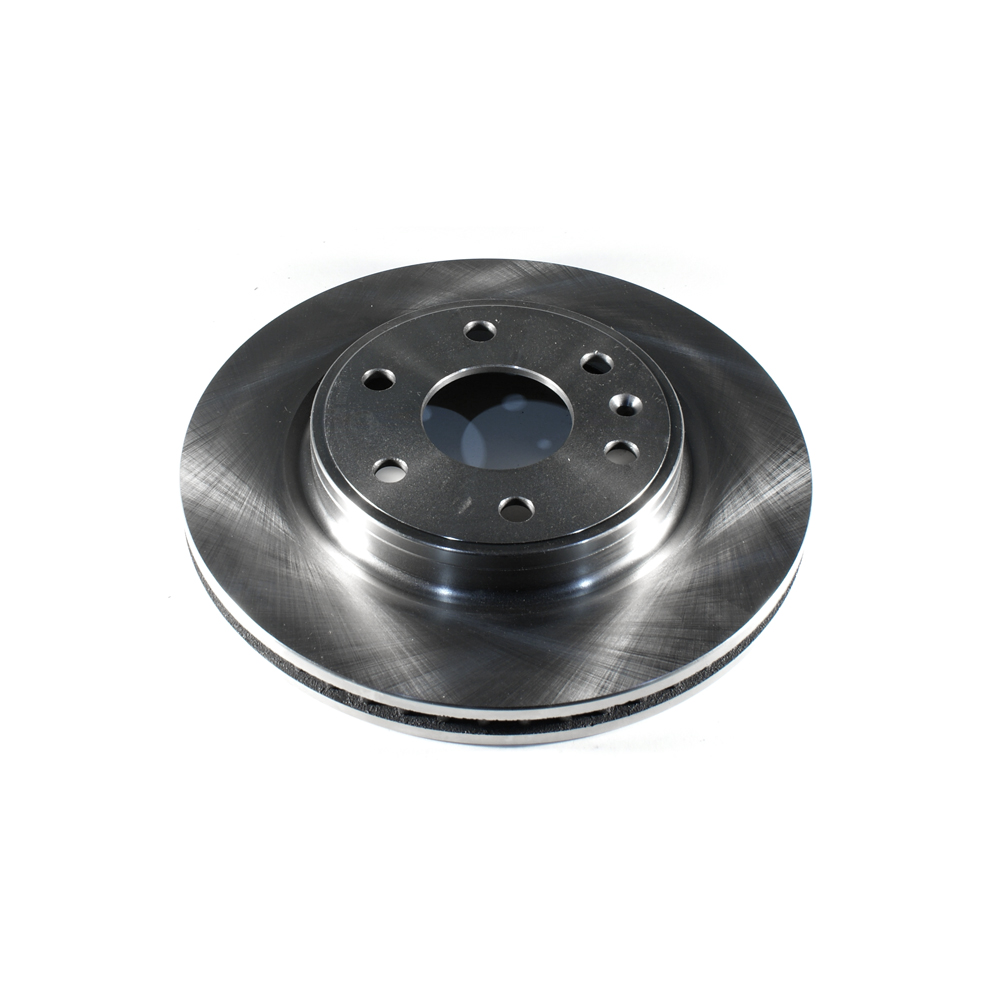
Part No: BR55150
Raybestos: 580560
OE: 10390111
Raybestos: 580560
OE: 10390111
$53.75 each
Per Car QTY: 2
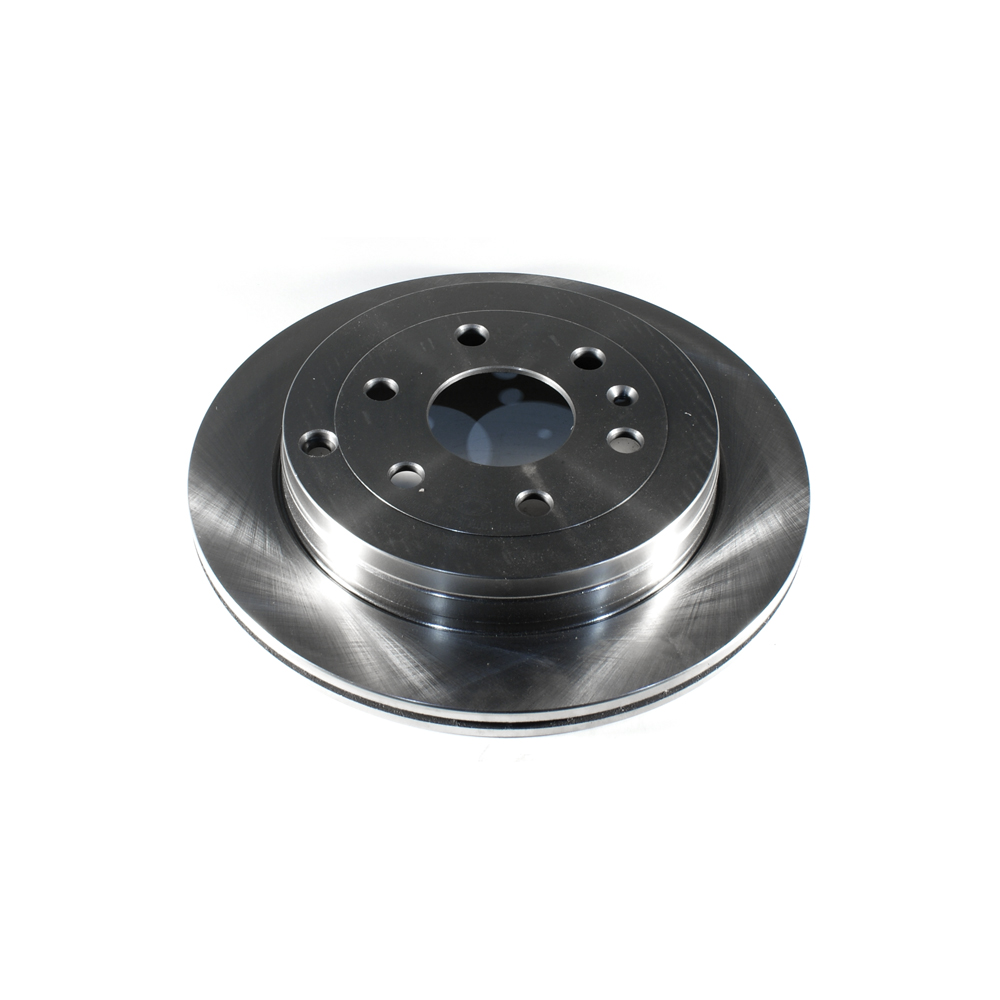
Part No: BR55151
Raybestos: 580569
OE: 10391043
Raybestos: 580569
OE: 10391043
$51.46 each
Per Car QTY: 2
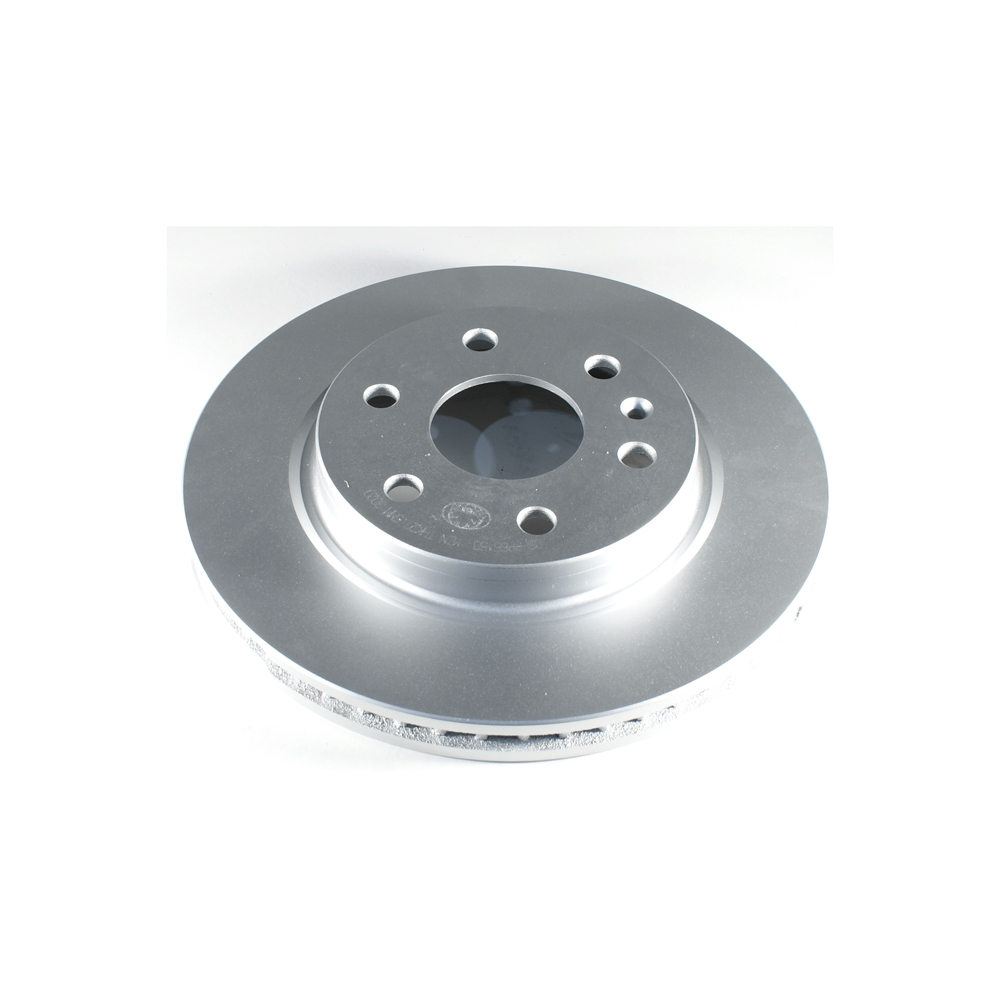
Part No: PP55150
Raybestos: 580560
OE: 10390111
Raybestos: 580560
OE: 10390111
$72.23 each
Per Car QTY: 2
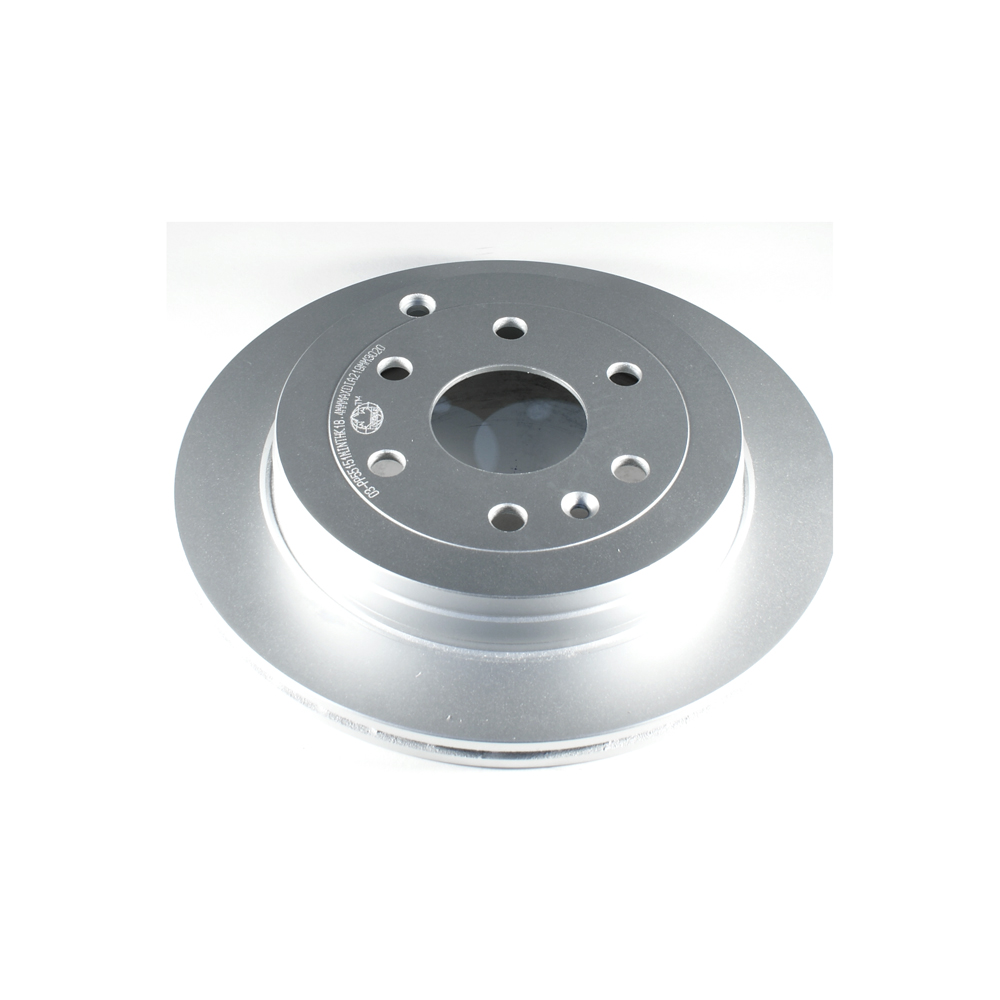
Part No: PP55151
Raybestos: 580569
OE: 10391043
Raybestos: 580569
OE: 10391043
$70.43 each
Per Car QTY: 2
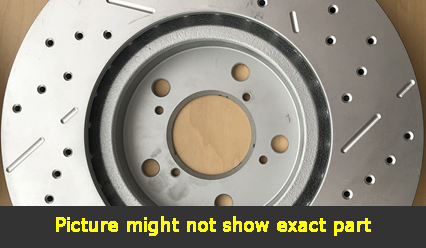
Part No: SP55150L
Raybestos: 580560
OE: 10390111
Raybestos: 580560
OE: 10390111
$108.68 each
Per Car QTY: 1
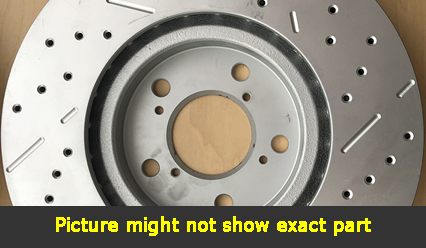
Part No: SP55150R
Raybestos: 580560
OE: 10390111
Raybestos: 580560
OE: 10390111
$108.68 each
Per Car QTY: 1
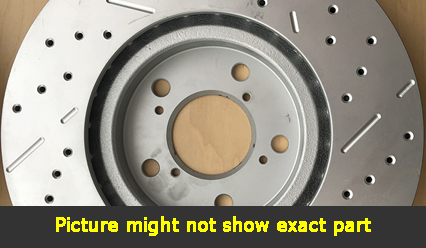
Part No: SP55151L
Raybestos: 580569
OE: 10391043
Raybestos: 580569
OE: 10391043
$106.88 each
Per Car QTY: 1
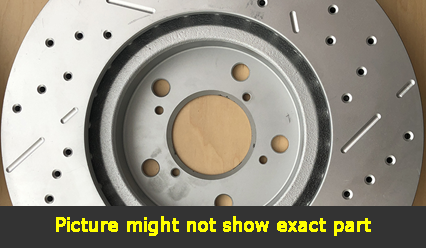
Part No: SP55151R
Raybestos: 580569
OE: 10391043
Raybestos: 580569
OE: 10391043
$106.88 each
Per Car QTY: 1
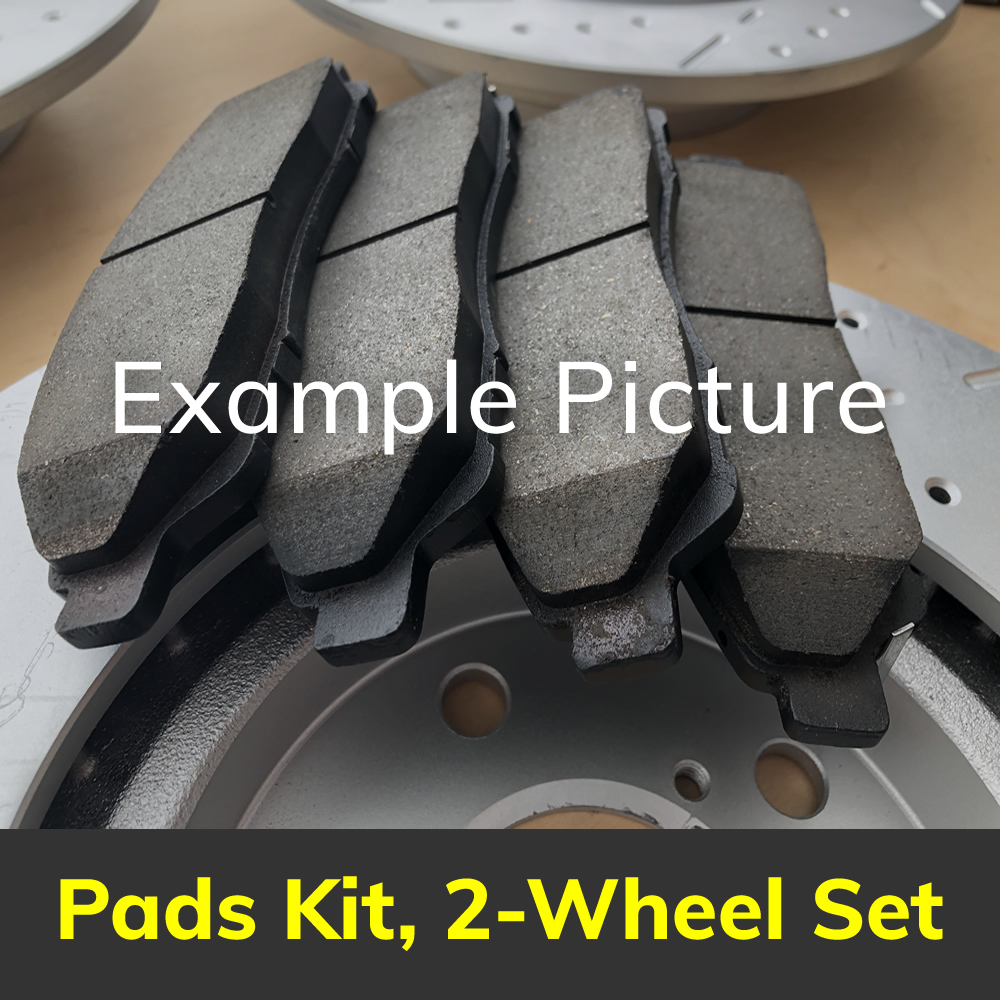
Part No: PD1169C
Raybestos: 1169
OE:
Raybestos: 1169
OE:
$39.98 each
Per Car QTY: 1
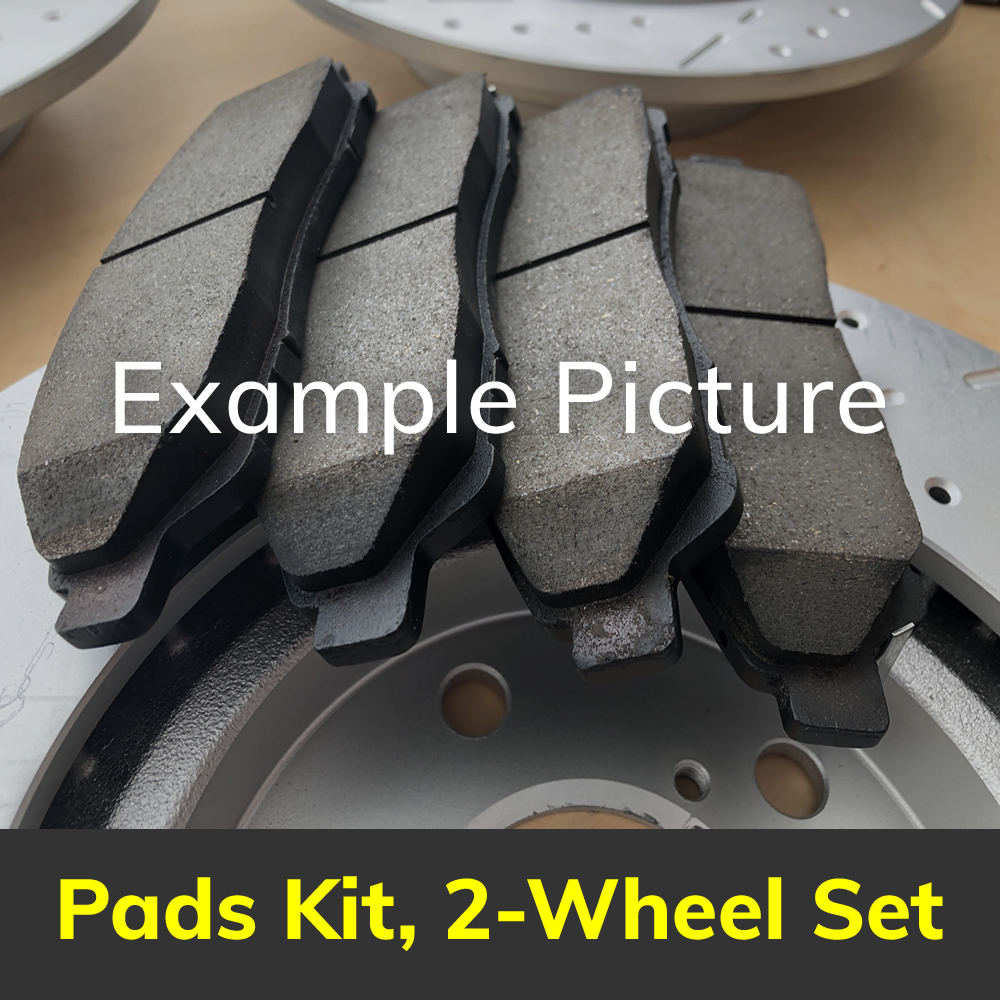
Part No: PD883C
Raybestos: 883
OE:
Raybestos: 883
OE:
$38.72 each
Per Car QTY: 1
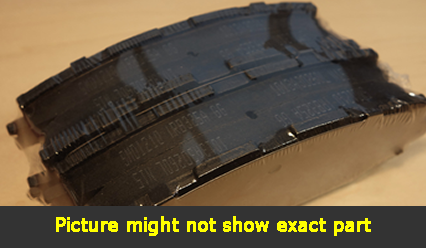
Part No: SMD1169
Raybestos:
OE:
Raybestos:
OE:
$28.01 each
Per Car QTY: 1
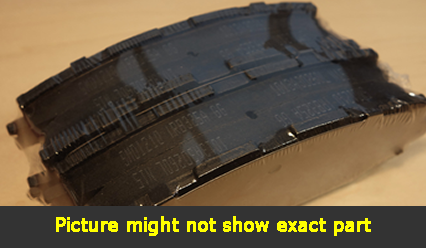
Part No: SMD883
Raybestos:
OE:
Raybestos:
OE:
$22.09 each
Per Car QTY: 1
When it comes to choosing brakes for your 2010 Chevrolet Traverse, it's crucial to keep in mind certain rules and considerations. Brakes play a vital role in ensuring the safety and performance of your vehicle, so selecting the right ones is of utmost importance. Here are a few guidelines to help you make an informed decision:
1. Compatibility: The first rule is to ensure that the brake system you choose is compatible with your Chevrolet Traverse model. Different vehicles may have variations in brake sizes, configurations, and specifications. It's essential to purchase brakes specifically designed for your car's make and model to guarantee optimal performance.
2. Quality and Reliability: Brakes are a critical safety component, and compromising on quality is never advisable. Always opt for brakes from reputable manufacturers known for their high-quality and reliable products. Look for trusted brands that have a good track record and positive customer reviews. Reliable brakes will provide consistent stopping power and longevity, giving you peace of mind.
3. OEM vs. Aftermarket: Original Equipment Manufacturer (OEM) brakes are those that come directly from the vehicle manufacturer. They are specifically designed for your car and often provide the best fit and performance. Aftermarket brakes, on the other hand, are manufactured by third-party companies and can vary in quality and compatibility. While aftermarket brakes are often more affordable, it's recommended to choose OEM brakes for optimum safety and performance.
4. Driving Habits and Conditions: Consider your driving habits and the conditions in which you'll be driving the most. If you frequently travel in heavy traffic or encounter hilly terrain, you may need brakes that can handle constant braking and dissipate heat effectively. Alternatively, if you live in an area with mild weather and predominantly drive on city roads, standard brakes may suffice. Understanding your driving requirements will help you select the appropriate brake components.
5. Performance Needs: If you're looking for enhanced braking performance, various options are available. High-performance brake pads offer improved stopping power and reduced fade during aggressive driving or towing. Performance rotors with slotted or drilled designs can enhance brake cooling and prevent brake fade in demanding conditions. However, keep in mind that some performance brake options may increase rotor wear and generate more brake dust.
6. Maintenance and Cost: Consider the maintenance requirements and costs associated with your brake choice. Some brakes may require more frequent maintenance or have a shorter lifespan, resulting in higher overall costs. On the other hand, choosing brakes designed for long-lasting performance and minimal maintenance can save you money in the long run. Remember to factor in the initial cost, periodic inspections, and potential brake pad/rotor replacements when evaluating the affordability of a brake system.
Consulting with a trusted mechanic or the dealership's service department is always recommended when selecting brakes for your Chevrolet Traverse. They can provide valuable insights based on your specific vehicle's needs and ensure compliance with manufacturer recommendations.
By following these rules and guidelines, you can choose the right brakes for your 2010 Chevrolet Traverse, ensuring safety, reliability, and optimal performance for your vehicle.
1. Compatibility: The first rule is to ensure that the brake system you choose is compatible with your Chevrolet Traverse model. Different vehicles may have variations in brake sizes, configurations, and specifications. It's essential to purchase brakes specifically designed for your car's make and model to guarantee optimal performance.
2. Quality and Reliability: Brakes are a critical safety component, and compromising on quality is never advisable. Always opt for brakes from reputable manufacturers known for their high-quality and reliable products. Look for trusted brands that have a good track record and positive customer reviews. Reliable brakes will provide consistent stopping power and longevity, giving you peace of mind.
3. OEM vs. Aftermarket: Original Equipment Manufacturer (OEM) brakes are those that come directly from the vehicle manufacturer. They are specifically designed for your car and often provide the best fit and performance. Aftermarket brakes, on the other hand, are manufactured by third-party companies and can vary in quality and compatibility. While aftermarket brakes are often more affordable, it's recommended to choose OEM brakes for optimum safety and performance.
4. Driving Habits and Conditions: Consider your driving habits and the conditions in which you'll be driving the most. If you frequently travel in heavy traffic or encounter hilly terrain, you may need brakes that can handle constant braking and dissipate heat effectively. Alternatively, if you live in an area with mild weather and predominantly drive on city roads, standard brakes may suffice. Understanding your driving requirements will help you select the appropriate brake components.
5. Performance Needs: If you're looking for enhanced braking performance, various options are available. High-performance brake pads offer improved stopping power and reduced fade during aggressive driving or towing. Performance rotors with slotted or drilled designs can enhance brake cooling and prevent brake fade in demanding conditions. However, keep in mind that some performance brake options may increase rotor wear and generate more brake dust.
6. Maintenance and Cost: Consider the maintenance requirements and costs associated with your brake choice. Some brakes may require more frequent maintenance or have a shorter lifespan, resulting in higher overall costs. On the other hand, choosing brakes designed for long-lasting performance and minimal maintenance can save you money in the long run. Remember to factor in the initial cost, periodic inspections, and potential brake pad/rotor replacements when evaluating the affordability of a brake system.
Consulting with a trusted mechanic or the dealership's service department is always recommended when selecting brakes for your Chevrolet Traverse. They can provide valuable insights based on your specific vehicle's needs and ensure compliance with manufacturer recommendations.
By following these rules and guidelines, you can choose the right brakes for your 2010 Chevrolet Traverse, ensuring safety, reliability, and optimal performance for your vehicle.


